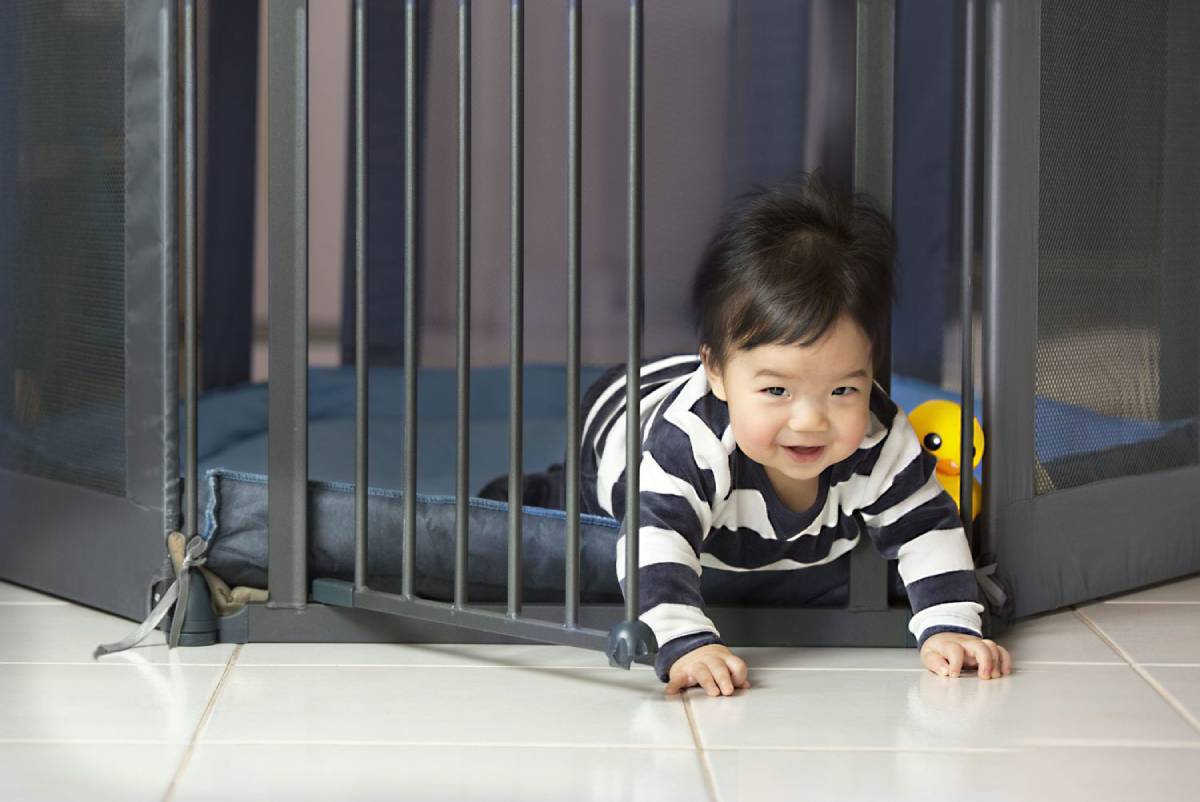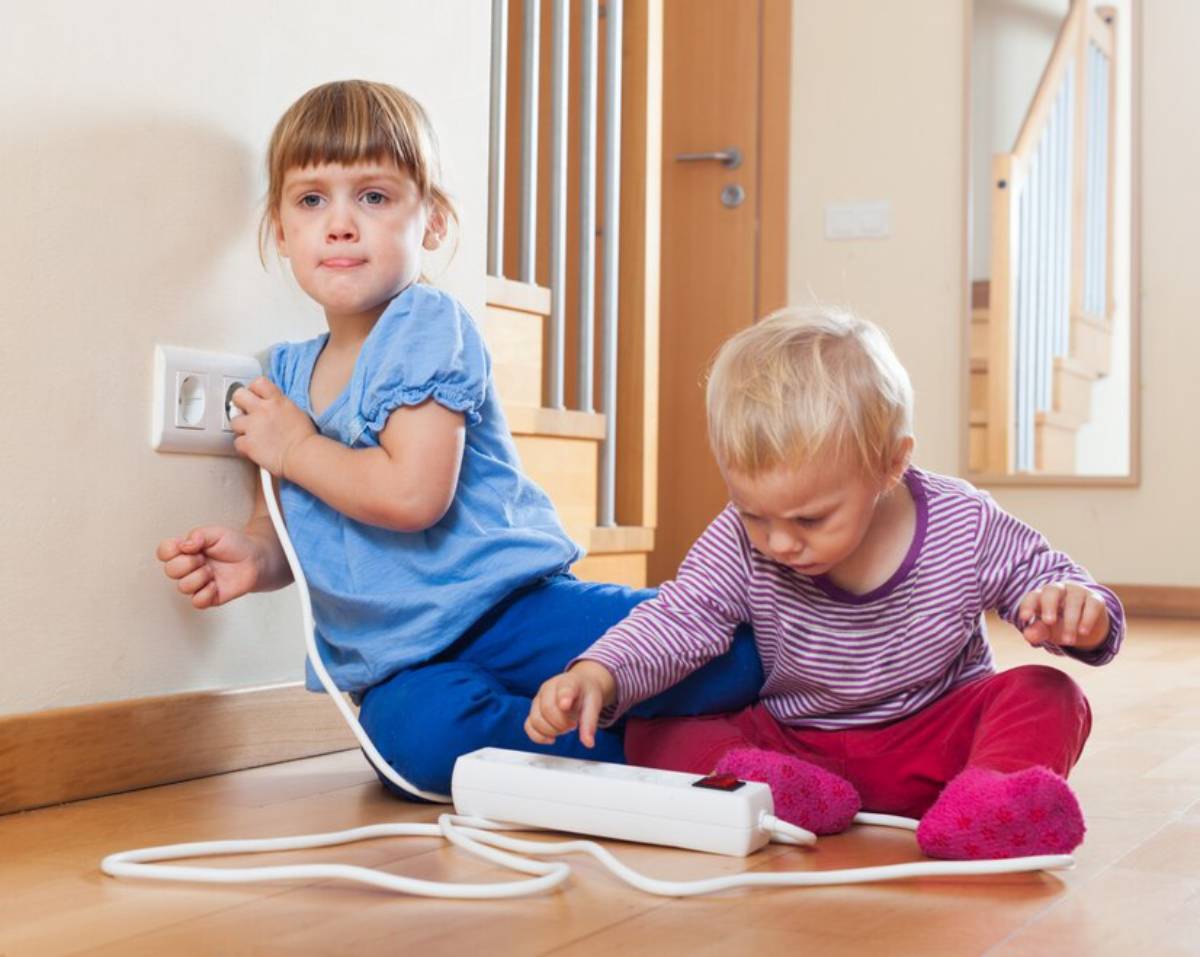
Babyproofing Your Home: Essential Safety Tips
Bringing a new baby home is thrilling and joyous, but it also adds new responsibilities, especially related to home safety for infants. Safety is a top priority as your child grows and discovers their surroundings. That’s where babyproofing comes into play. From sharp corners to accessible outlets and slick floors, even the most mundane household objects can be dangerous to curious hands and crawling feet.
In this blog, we’ll guide you through a comprehensive babyproofing checklist that will help you confidently tackle each room of your home. Whether this is your first baby or you’re just reorienting your space for a second child, these practical tips for childproofing will keep your home safe for infants while being manageable and hassle-free. Let’s embark on a journey of creating a nurturing, hazard-free environment in which your baby can explore, learn, and grow with their safety.
Why Babyproofing Your Home Matters?
Babyproofing is essential for creating a safe environment. It involves finding hazards in your home and taking steps to reduce them. This is crucial since infants and toddlers are curious and unaware of dangers, which can lead to accidents.
According to the Royal Society for the Prevention of Accidents (RoSPA), accidents are the leading cause of death and serious injury in young children, mostly happening at home. Babyproofing can lower the risk of accidents and create a safer space for your child.
Real-Life Applications
Take Sarah, a first-time mom who felt overwhelmed by babyproofing. She saw its importance when her baby started crawling. Following a thorough babyproofing checklist helped Sarah make a safe space for her child to explore without constant worry.
Babyproofing Checklist: Essential Tips
Creating a babyproofing checklist helps ensure you cover everything. Here are key steps to include:
Identify Potential Hazards
Get down on all fours to see your home from your baby’s view. Look for sharp corners, electrical outlets, and small objects that could be choking hazards.

Install Safety Gates
Safety gates are vital for blocking stairs and unsafe areas. Choose sturdy gates that are easy to install and secure.
Secure Furniture and Appliances
Anchor heavy furniture like bookshelves and dressers to the wall to prevent tipping. Ensure appliances, such as TVs, are also securely mounted.

Cover Electrical Outlets
Use outlet covers or safety plugs to stop your child from inserting objects into sockets. Make sure these are hard for a child to remove.
Lock Cabinets and Drawers
Install childproof locks on cabinets and drawers, especially those with cleaning supplies, medications, or sharp objects.
Use Corner and Edge Bumpers
Put corner and edge bumpers on furniture with sharp edges to protect against injuries from falls or bumps.
Install Window Guards
Secure windows with guards or stops to prevent them from opening too wide.
Check for Choking Hazards
Check toys and household items regularly for small parts that could choke your child and keep small objects out of reach.
Secure Cords and Blinds
Keep cords from blinds and curtains out of reach using cord shorteners or tying them up to prevent strangulation.
Ensure Water Safety
Never leave your child alone in the bath. Use anti-slip mats in the tub and set the water heater to a safe temperature to avoid scalding.
Additional Tips & Common Mistakes to Avoid
While the checklist covers basics, here are extra safety tips:
Best Practices
- Regularly Update Safety Measures: As your child grows, their abilities change. Periodically check your home for new hazards and update your babyproofing.
- Educate Caregivers: Make sure anyone caring for your child, like babysitters and family members, knows your babyproofing measures.
Common Mistakes
- Overlooking Small Items: Small items like coins and batteries can be easily missed. Check floors and low surfaces often for these choking hazards.
- Neglecting Outdoor Spaces: Babyproof outdoor areas like gardens and patios. Ensure gates are secure, pools are fenced, and tools are out of reach.
Advanced Insights
For parents wanting to go further, consider these insights:
Unique Industry Perspectives
- Smart Home Technology: Use smart home devices, like cameras and motion sensors, for added safety.
- Professional Babyproofing Services: If unsure about your babyproofing, consider hiring a professional. They can offer expert advice and ensure your home is safe.
One Step Ahead: Babyproofing for Every Stage
Security is one of the vital steps to take as a parent for your little one. As babies start to crawl, explore, and want to know more about the world around them, intentional safety precautions become more critical. A comprehensive babyproofing checklist ensures you get all key areas, from securing furniture to installing outlet covers and cabinet locks. These preventive measures can go a long way in keeping your home safer for infants, giving you peace of mind and allowing your child to explore more freely.
Every home looks different, so modify these childproofing strategies to work best in your space and lifestyle. Regularly evaluate your setup as your baby develops new skills. Remember, babyproofing is not a one-time gig; it is an ongoing mission to create a loving and safe environment for your child to thrive in. We hope you stay informed, stay prepared, and celebrate life’s milestones, knowing that your home is as safe as possible.